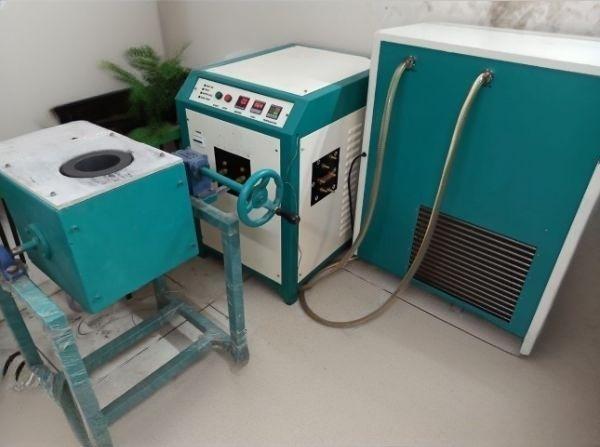Induction Melting Furnace
what is an induction melting furnace ?
Induction melting is a process used to melt metals and alloys using induction heating. This method relies on electromagnetic induction to generate heat within the metal, allowing it to melt. Here’s how it works:
- Induction Coil: The metal is placed in a crucible, which is surrounded by an induction coil. This coil is made of conductive material and is connected to an alternating current (AC) power supply.
- Electromagnetic Induction: When AC flows through the induction coil, it creates a rapidly changing magnetic field around the metal. This magnetic field induces electric currents (known as eddy currents) within the metal.
- Heat Generation: The eddy currents generated by the magnetic field create resistive heating in the metal, which raises its temperature. This localized heating efficiently melts the metal without direct contact.
- Melting: As the temperature increases, the metal reaches its melting point and transforms into a molten state. The process allows precise control over the temperature and melting process.
- Pouring and Casting: Once the metal is fully melted, it can be poured into molds or used in further processing.
Advantages of Induction Melting
- Efficiency: Induction melting is highly efficient and can melt metals quickly with minimal energy loss.
- Precision: The process allows for precise control of temperature and melting conditions.
- Cleanliness: Induction melting minimizes contamination as there is no direct contact between the heating element and the metal.
- Safety: It provides a safer environment for melting metals compared to some traditional methods, as it does not involve open flames or direct contact heating.
Induction melting is commonly used in various industries, including metal casting, jewelry manufacturing, and recycling.


